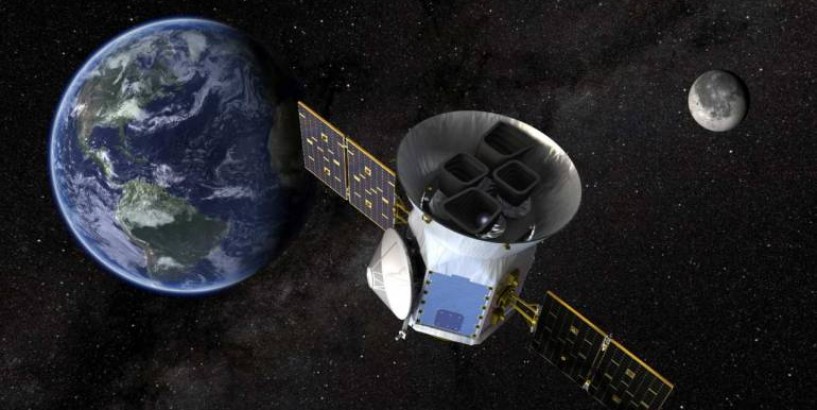Prakash Chandra Astronauts Bob Behnken and Doug Hurley who blasted off in SpaceX’s Crew Dragon from the Kennedy Space Center, Florida, in the United States, on May 31 Sunday 12.52 AM (IST) are not just the first astronauts launched from US soil since the space shuttles were retired in 2011. They are also the first to overcome much more than the clutches of gravity, their flight symbolising the indomitable human spirit breaking free from the COVID-19 stranglehold and reigniting hopes for mankind’s finest endeavour: space exploration. This is the worst of times and the best of times for the global space industry (evaluated at around $375 billion last January before the pandemic forced space agencies to batten down their hatches). NASA has shelved tests on the largest and most powerful telescope ever built, the James Webb Space Telescope, scheduled for launch early next year. The European Space Agency (ESA)’s joint Mars mission with Russia’s Roscosmos, set to lift off later this year, will have to await its next launch window in 2023. Ditto for China’s first Mars shot, the ESA’s Jupiter Icy Moon Explorer mission and wannabe spacefarer the UAE’s Mars orbiter, Hope — expected to piggyback on a Japanese launcher. The Indian Space Research Organisation (ISRO) has postponed several launches lined up for this year and its four Gaganyaan astronauts — expected to go into orbit from Sriharikota in 2022 — face staggered training schedules in Russia. Space probes already at their destinations, such as the ESA’s ExoMars Trace Gas Orbiter and MarsExpress, and the Solar Orbiter (now en route the Sun) are all in standby mode. However, amidst this gloom, space scientists seem to have found an excellent opportunity to use their skills to help fight the pandemic. Across the world, they are rising to the challenge, developing technology for everything from hand sanitisers to ventilators. NASA, for instance, has developed an oxygen hood which provides the oxygen pressure needed by COVID-19 patients while protecting healthcare workers from infection. The agency has also wheeled out technology successfully used earlier against the Middle East Respiratory Syndrome (MERS) and Ebola to sterilise the inside of a room thoroughly to wipe out all microbes. The ESA initiative ‘Space in response to COVID-19 outbreak’ encourages private companies to deploy space-enabled solutions for improving services in healthcare and education. The agency will fund new projects and provide free satellite capacity. Its flagship Earth Observation Programme, Copernicus, offers many terabytes of free data through satellites to provide critical information in the fight against COVID-19. India has utilised ISRO’s geospatial technology under the Bhuvan portal which provides tools and location-based solutions to fight COVID-19. The rest of the world may have just woken up to terms such as social distancing, but space scientists have always routinely donned personal protective equipment and used sanitation methods for instrumentation and integration of spacecraft in ‘clean rooms’. They have also quickly adapted frontier technologies such as 3D printing, which helps astronauts build tools in space, to produce specialised surgical instruments for use on Earth. Researchers at the University of Louisville, Kentucky, have taken this a step further and developed 3D-printed pliable resin swabs desperately needed for COVID-19 test kits. In these extraordinary times, capabilities like satellite communications and navigation technologies are crucial for a wired world that urgently needs satellite links to stay connected. So space tech companies are using their satellites to ‘track’ the virus trail on the planet. Used along with analytics tools and artificial intelligence algorithms, the satellite data help scientists identify the spread of the virus. ISRO’s telemedicine programme has been using INSAT satellites since a long time to link healthcare centres in rural areas with specialty hospitals in cities. It is now an important element in the fight against COVID-19. The effects of the pandemic across the planet make for dramatic viewing from space: NASA imagery shows air, water, noise and light pollution across cities dramatically less thanks to decreased human activity in industry, transportation and business. This will have a lasting impact on our relationship with nature and how we treat our planet as a new generation of space explorers point the world again towards great adventure. Prakash Chandra is former editor of the Indian Defence Review. He writes on aerospace and strategic affairs. Views are personal. .reckoner_bx{
© 2024, Copyrights gulftimes.com. All Rights Reserved









